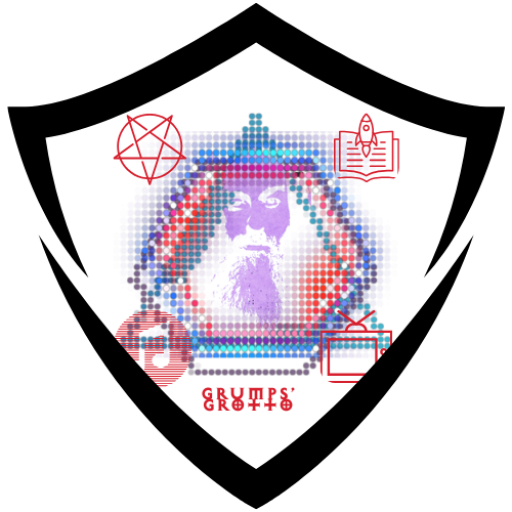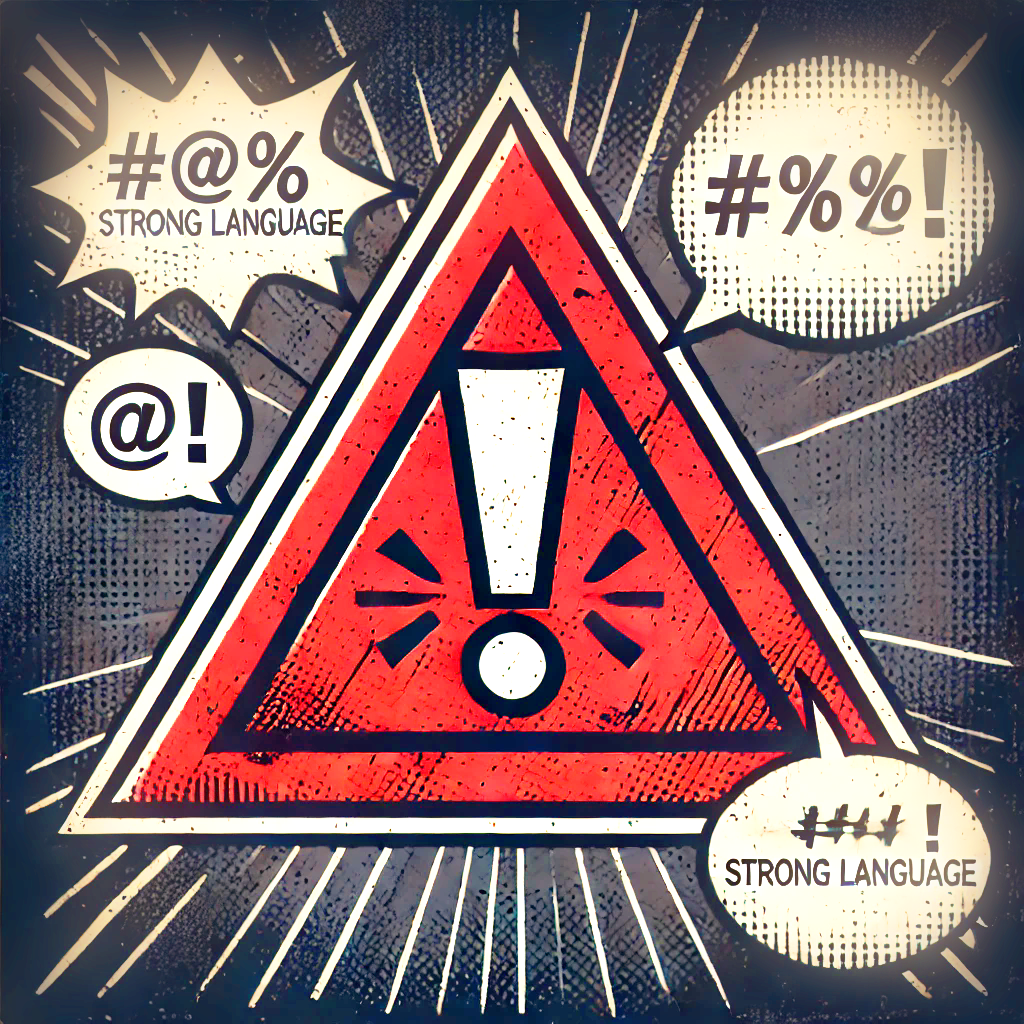When it comes to paranormal investigations, skepticism isn’t just some fancy term for being a party pooper—it’s the backbone of any serious inquiry into the unknown. While believers and skeptics often clash like oil and water, both perspectives are essential in our quest to understand what goes bump in the night.
Skepticism: The Necessary Doubt
Skepticism is all about questioning the so-called “truths” that we’re spoon-fed, whether they come from ancient dogmas or the latest ghost-hunting show. This attitude isn’t limited to the paranormal; it’s a crucial tool in dissecting everything from political promises to pseudoscientific nonsense. But in the paranormal world, skepticism takes on a special significance.
Now, there’s skepticism, and then there’s skepticism. On one end, we’ve got the hardcore skeptics who dismiss anything supernatural out of hand—let’s be real, that approach is just as dogmatic as the beliefs they’re trying to debunk. On the other hand, selective skepticism applies scientific methods to test claims, keeping an open mind without letting just any wild theory waltz in unchecked. It’s this kind of healthy skepticism that keeps us honest and ensures that we’re not just chasing shadows.
Analytical Thinking: The Skeptic’s Secret Weapon
Let’s not mince words: skeptics tend to be better at tasks that require clear, logical thinking. Studies show that when it comes to analyzing evidence and solving problems, skeptics generally outperform believers. This isn’t about being smarter; it’s about being more deliberate and thorough. Skeptics are the ones who take the time to sift through the noise, ensuring that what they find is solid gold—or, at the very least, not fool’s gold.
But it’s not all black and white. The cognitive differences between skeptics and believers don’t extend to everything. Memory and working capacity, for instance, don’t seem to differ much between the two groups. The real divide lies in how we approach problems and whether we let our gut instincts take the wheel.

Cognitive Biases: Tricks of the Mind
Here’s where things get interesting. Believers in the paranormal are often tangled up in cognitive biases—those mental shortcuts that can lead us astray. Ever noticed how some folks see meaning in every little coincidence? That’s a cognitive bias at work, creating patterns where none exist. And when it comes to the paranormal, these biases can make the unexplainable seem a lot more… well, explainable.
Believers tend to lean heavily on intuition and gut feelings, which can be comforting but don’t exactly stand up to rigorous scrutiny. While these cognitive patterns might help people feel more in control or give them a sense of purpose, they can also muddy the waters when it comes to separating fact from fiction.
The Power of Scientific Education
Education, especially the kind that emphasizes critical thinking and the scientific method, can be a game-changer in reducing paranormal beliefs. Natural science students are usually less likely to buy into paranormal claims than those studying in fields that don’t emphasize empirical evidence. But let’s be clear—education alone isn’t a magic bullet. Pre-existing beliefs and cultural contexts play a huge role in how effective that education will be. Targeted approaches that directly address cognitive biases tend to have the most success in cutting through the fog of superstition.

Cultural Context: The Invisible Hand
Culture is a massive influence on what people believe about the paranormal. Around the world, supernatural explanations for everyday events are the norm, with each culture adding its own flavor to the mix. For instance, in Muslim societies, beliefs in jinn and divine intervention are as mainstream as you can get. And don’t even get me started on how media—whether it’s the latest blockbuster or a trashy reality TV show—shapes and sometimes distorts these beliefs.
Complex societies, in particular, seem to cling to supernatural explanations for social phenomena, likely due to weaker social ties and lower levels of trust. It’s fascinating how these beliefs evolve and adapt to the cultural context they’re born into, but it also underscores the importance of being aware of how our surroundings shape our perceptions.
Media Influence: Shaping Reality
Speaking of media, it’s impossible to ignore how it shapes public perceptions of the paranormal. Sensationalized TV shows and clickbait articles often do more harm than good, feeding into the biases and preconceptions that already exist. On the flip side, skeptical documentaries and well-researched articles can help promote a more analytical approach to these topics. But let’s not kid ourselves—most people are more likely to be swayed by what they see on their favorite shows than by dry academic articles. This means that those of us who care about the truth need to be even more vigilant in how we present information and challenge popular misconceptions.
Skepticism in paranormal investigations isn’t about shutting down the conversation—it’s about making sure that when we talk about the unexplained, we’re doing so with our eyes wide open. The dance between belief and doubt is as old as humanity itself, and understanding this interplay is key to getting to the bottom of what’s really out there. Whether you’re a die-hard skeptic or a curious believer, one thing’s for sure: the truth is out there—but only if we’re willing to dig deep and look past the smoke and mirrors.

Raven Ashford
Raven Ashford is a blogger for BaedonWebZine, exploring unconventional ideas and challenging mainstream beliefs with wit and sharp commentary. As a Satanist, she offers a unique perspective on alternative beliefs.



Leave a Reply